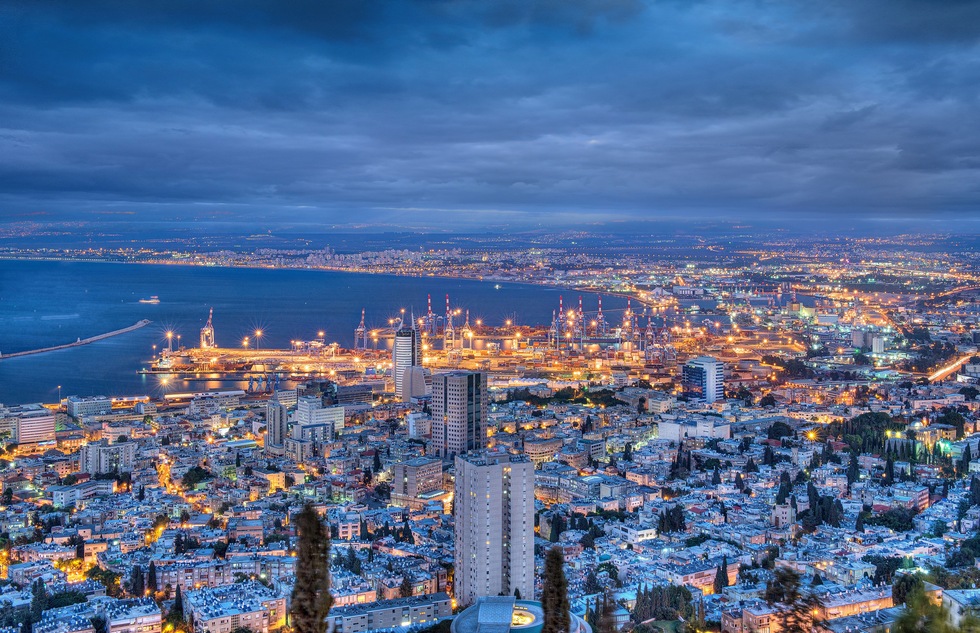Some compare Haifa, beautifully situated on a hill overlooking a broad bay, to San Francisco or Naples. Israel’s third-largest metropolitan area (pop. 300,000) and the capital of the north, Haifa is very different from either Jerusalem or Tel Aviv, and is a pleasure to visit for both its physical beauty and lifestyle. In a society unlike any other in the Middle East, Jews and Arabs live and work side by side; 25 percent of Haifa’s population is either Muslim or Christian.
Haifa is also an excellent base for exploring northern Israel. You won’t need to rent a car since many organized day tours originate in Haifa; or you can use public transportation to explore Akko or even Safed on your own. In the evenings, the city offers restaurants, films, concerts, and urban strolling to keep you busy.
You won’t be the first to visit, of course. The prophet Elijah knew this territory well—from the top of Mount Carmel he won a major victory over 450 priests of Baal during the reign of King Ahab and his notorious Phoenician wife, Jezebel. In late biblical times, the Phoenician port of Zalemona thrived here, with predominantly Greek settlers, and the Jewish agricultural village of Sycaminos (sometimes called Shikmona) clung to the northwestern peak of Mount Carmel. However, Haifa did not become a major city until the 1930s, when the British built a vast, modern harbor here, and turned the community into a naval center and terminus for oil refineries and pipelines. Israel’s important chemical and hi-tech industries are concentrated here, and the city is home to the Technion Institute of Technology, the M.I.T. of Israel. Despite its heavy industry, the city remains stunningly beautiful. Until the age of jet airliners, Haifa’s harbor was the main entrance into the country.
Israelis are fond of saying: “Tel Aviv plays while Jerusalem prays. But Haifa works!” A visit here is filled with new insights into what Israel is all about.









